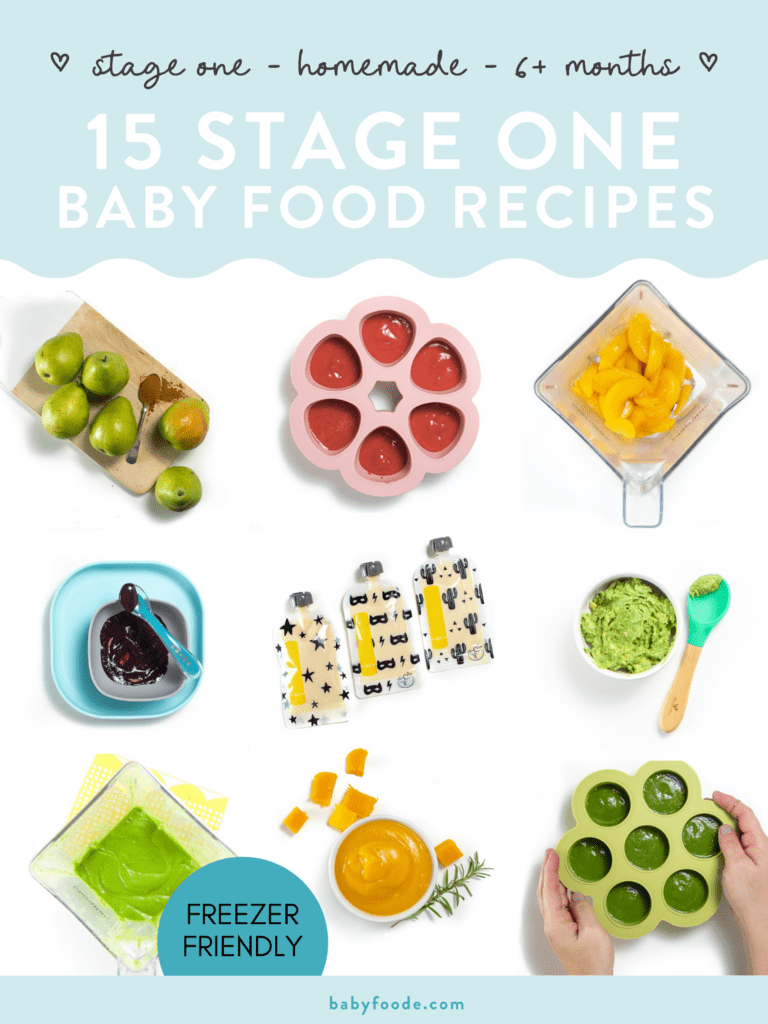
Baby Food: A Comprehensive Guide for Parents
Introduction
The journey of parenthood is filled with countless milestones, and one of the most significant is the introduction of solid foods to your baby. Baby food plays a crucial role in providing essential nutrients for growth and development, while also introducing your little one to a wide range of flavors and textures. This comprehensive guide will delve into everything you need to know about baby food, from choosing the right options to preparing and storing it safely.
When to Start Baby Food
The American Academy of Pediatrics (AAP) recommends starting solid foods around 4 to 6 months of age. By this time, most babies have developed the necessary oral motor skills to handle pureed foods and have outgrown their exclusive reliance on breast milk or formula.
Signs of Readiness
Before introducing solid foods, observe your baby for the following signs of readiness:
- Head control: Can hold their head up steadily.
- Sitting up: Can sit up with support.
- Tongue-thrust reflex: No longer automatically pushes food out of their mouth.
- Interest in food: Shows interest in what you’re eating and reaches for it.
Choosing Baby Food
The market offers a vast array of baby food options, from purees to finger foods. Here are some factors to consider when making your choices:
- Age: Choose foods appropriate for your baby’s age and developmental stage.
- Ingredients: Opt for foods with simple, whole ingredients and avoid added sugars, salts, or preservatives.
- Texture: Start with smooth purees and gradually introduce lumpier textures as your baby’s chewing skills develop.
- Variety: Offer a wide range of fruits, vegetables, meats, and grains to expose your baby to different flavors and nutrients.
- Organic vs. Conventional: Organic foods are grown without the use of pesticides or herbicides, but they may be more expensive.
Preparing Baby Food
Preparing baby food at home is a great way to control ingredients and ensure freshness. Here are some tips:
- Steam or boil: Steam or boil fruits and vegetables until tender.
- Puree: Use a blender, food processor, or immersion blender to puree cooked foods until smooth.
- Add breast milk or formula: If desired, add breast milk or formula to thin out the puree.
- Seasoning: Avoid adding salt or sugar to baby food.
Storing Baby Food
- Refrigerator: Store homemade purees in airtight containers in the refrigerator for up to 3 days.
- Freezer: Freeze purees in ice cube trays or freezer-safe containers for up to 3 months.
- Commercial baby food: Follow the storage instructions on the packaging.
Feeding Baby Food
- Start slowly: Introduce new foods gradually, starting with a small amount.
- Observe your baby: Pay attention to your baby’s reactions to different foods.
- Be patient: It may take several tries for your baby to accept a new food.
- Avoid force-feeding: Never force your baby to eat if they don’t want to.
- Use a spoon: Use a soft-tipped spoon to feed your baby purees.
- Offer finger foods: Once your baby is ready, offer finger foods such as soft fruits, vegetables, or teething biscuits.
Common Concerns
- Allergies: Introduce new foods one at a time to monitor for any allergic reactions.
- Constipation: If your baby experiences constipation, try offering more fruits, vegetables, and whole grains.
- Diarrhea: If your baby has diarrhea, offer plenty of fluids and avoid sugary or fatty foods.
- Refusal to eat: If your baby refuses to eat, don’t be discouraged. Try offering different foods or textures.
Conclusion
Introducing baby food is an exciting and important milestone in your child’s development. By following these guidelines, you can provide your baby with the best possible nutrition and support their healthy growth and well-being. Remember to consult with your healthcare provider if you have any specific concerns or questions about baby food.
